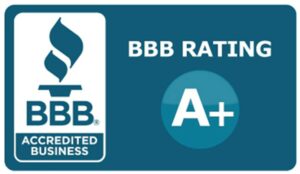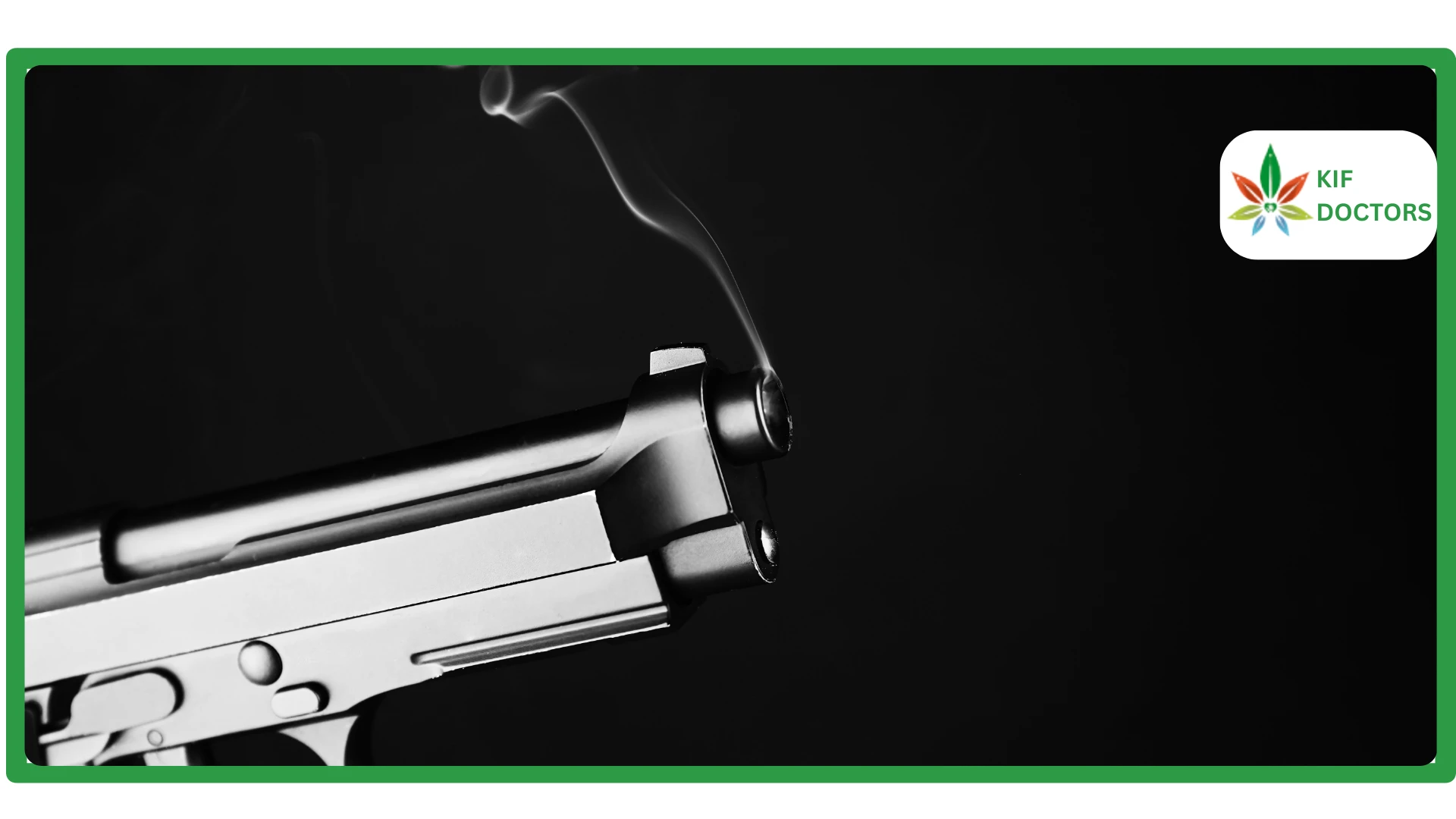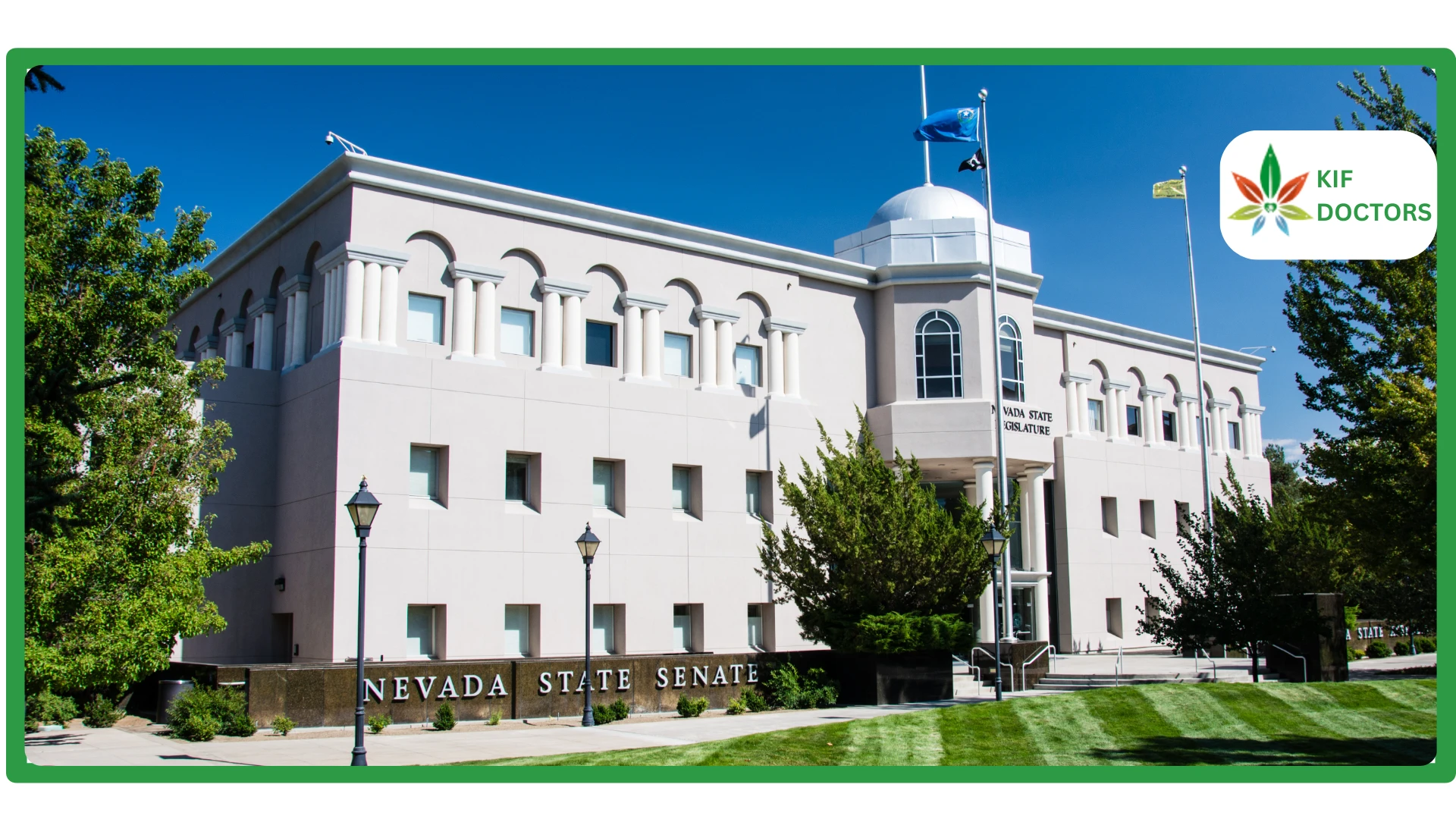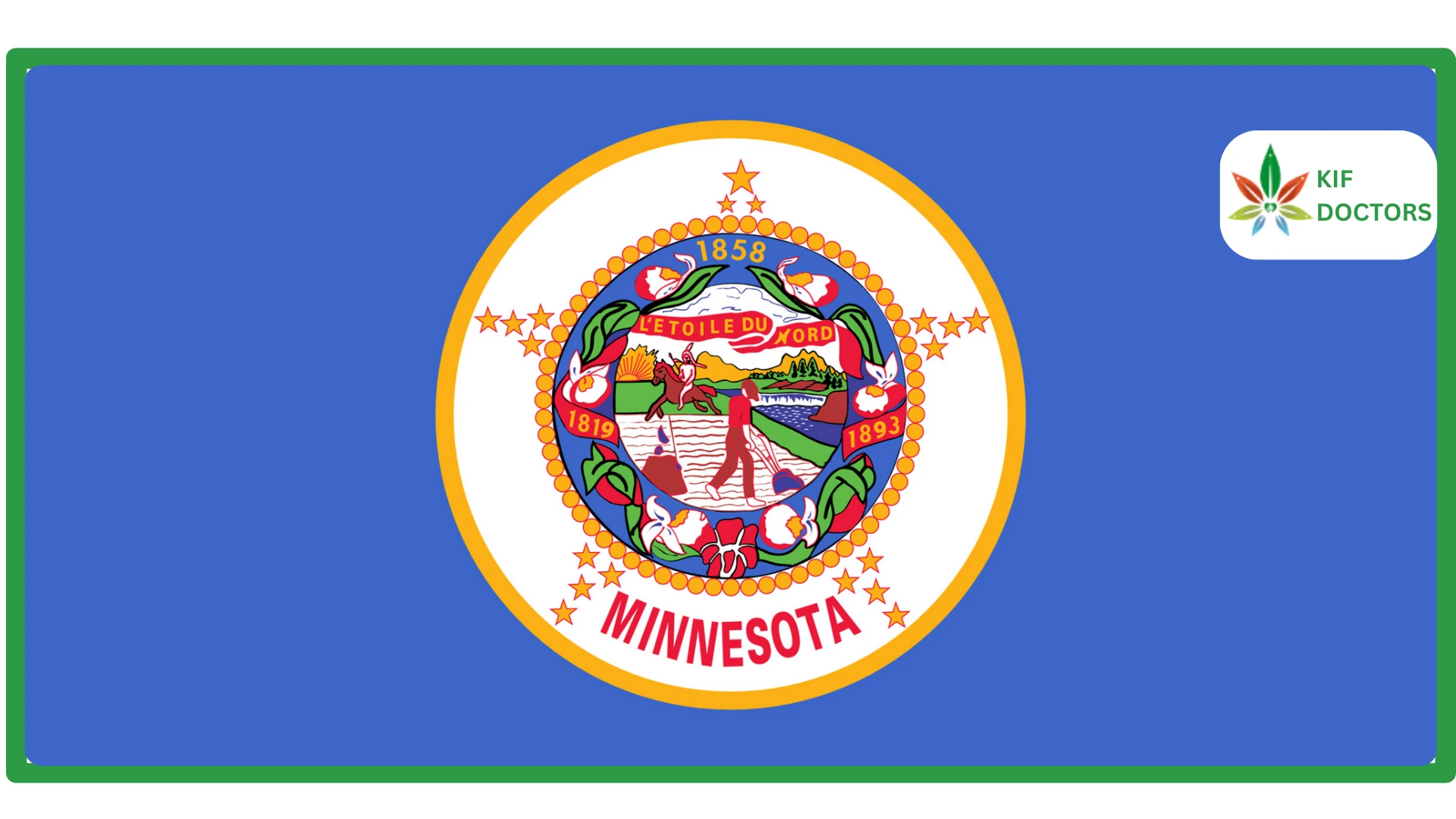Testosterone Replacement Therapy (TRT) can considerably enhance the lives of men affected by low testosterone by increasing energy, improving libido, enhancing focus, and restoring confidence.
However, many of the blessings of TRT lie in a sudden and regarding aspect impact: gynecomastia, which refers to the enlargement of breast tissue in men. This could make the treatment, which aims to beautify masculinity, seem counterproductive.
So, is it genuine that TRT can cause gynecomastia? And if that is the case, how can one manipulate the scenario simultaneously while playing on the favorable results of hormone therapy?
This article explains the relationship between TRT and gynecomastia, examines the risks and causes, and, crucially, provides professional techniques for managing one's body and achieving optimal outcomes.
Don’t Wait, Reclaim Your Vitality – Click here to Book Your TRT Consultation Now!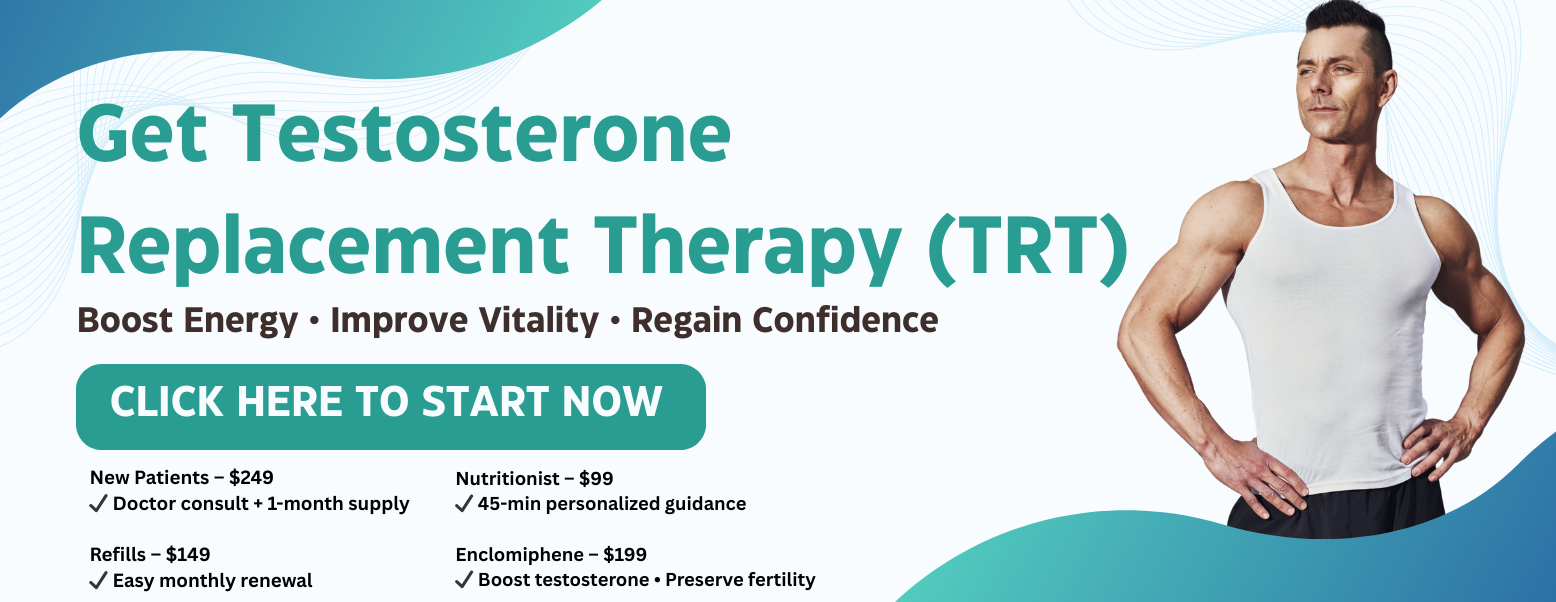
What Is Gynecomastia?
Gynecomastia is a hormonal condition that causes men to grow breast tissue. Unlike pseudogynecomastia, which is often caused by fat accumulation due to obesity, gynecomastia involves the actual development of glandular tissue. It is typically felt as a firm or rubbery mass below the nipple.
This circumstance can seem to be one aspect or another and typically results from an imbalance in testosterone and estrogen levels. Although estrogen is generally considered a "female hormone," it is far evidently observed in men as well, albeit in smaller quantities. Disruptions to this balance, especially for the duration of testosterone therapy, can cause breast tissue development.
Common signs include:
- Tenderness or soreness across the nipple
- Swelling or puffiness beneath the nipple
- Uneven breast length
- Sensitivity or pain inside the nipple
Understanding the motives behind its incidence at the same time as on TRT, is critical for prevention or reversal
What Causes Gynecomastia on TRT?
Gynecomastia, regularly jokingly known as "men's boobs," refers back to the non-cancerous growth of men's breast tissue. Despite the blessings of Testosterone Replacement Therapy—along with advanced energy, libido, muscle mass, and mood—a few men who present to undergo TRT revel in the ironic aspect of breast growth.
While this is probably unsettling, it's crucial to understand that gynecomastia is usually comprehensible and regularly preventable, especially if one knows the hormonal elements at play.
Estrogen Conversion (Aromatization)
At the coronary heart of TRT-associated gynecomastia is a technique known as aromatization. This herbal mechanism allows the body to convert more testosterone into estrogen through an enzyme known as aromatase. Men require a small quantity of estrogen for bone density, mind health, and libido; however, having an excessive amount can disturb hormonal equilibrium.
The predominant trouble arises when excessive doses of testosterone, primarily through injections, boost the stages circulating inside the frame, offering greater substrate for aromatase to transform. Consequently, there's an upward push in estradiol (E2) stages, representing the maximum energetic form of estrogen for men.
Once estradiol surpasses a guy's specific threshold, it can cause a breast tissue boom. This new tissue isn't simply fat; it's far glandular tissue, which cannot certainly be decreased through exercise.
Hormonal Imbalance and Estrogen Dominance
TRT does not always cause gynecology. Instead, it is an imbalance between testosterone and estrogen. Even if you have high testosterone levels, disproportionate increases in estrogen levels can cause symptoms. The paper includes:
- Puffy Nipples
- Breast softness
- Swollen nipples
- Sensitivity in touch
- Emotional changes
Suppression of the PTA axis
TRT suppresses natural testosterone, FSH and LH, especially without the use of additional drugs such as HCG. When the body's regulatory hormones decline, estrogen derived from exogenous testosterone becomes dominant due to a lack of natural checks and balances.
The weight of this hormone corpuscle creates a fertile basis for gynecomastia development, especially in men who may have genetic predisposition, higher basic aromatase activity, or coexisting liver problems (estrogen clearance).
Delivery methods make a difference.
Not all TRTs are produced equally. Testosterone injections tend to quickly achieve testosterone levels against irregular peaks and valleys, which can result in more than flavoring. On the other hand, topical gels, creams, or pellets tend to reduce testosterone, which can reduce conversion to estrogen gradually.
Hypothesized that transdermal therapy could lead to feminization if not administered correctly or if the patient was susceptible to estrogen shifts.
The role of SHBG and free testosterone
Sex hormone-binding globulin (SHBG) controls the amount of "free" and biologically active testosterone. TRT changes SHBG levels and can sometimes lead to higher free testosterone. This is another potential accelerator of estrogen conversion. Estrogen stress increases proportionally if the free T is too high and SHBG is low.
Who is at a higher risk for gynecomastia while on TRT?
Replacement therapy (TRT) experiences gynecomastia, but some men are more prone to this side effect due to the mix of biology, medical, and life-related risk factors.
Understanding these weaknesses can help clinicians and patients personalize treatment to minimize the side effects of estrogen, including unwanted breast tissue growth.
Here is the breakdown of the most significant risks:
1. Men with Higher Body Fat
Body fat around the abdomen and chest, in particular, is a powerful predictor of increased estrogen levels. Adipocytes convert higher aromatase levels, enzymes and testosterone into estrogen.
People with BMIs over 28-30 or waist sizes over r40 inches can occur. Introduction of TRT - primarily through high-speed injections - the addition of testosterone improves flavouring, increases estrogen levels, and increases the likelihood of gynecomastia.
Furthermore, overweight people may have asymptomatic glandular breast tissue. In other words, TRT can activate tissues that are already producing hormones.
2. Men with Genetic predestination
Like male pattern baldness or acne, gynecomastia can have hereditary links. Men who had breast tenderness during puberty or whose immediate male relatives (father or brothers) experienced gynecomastia might possess genetic traits that lead to:-
- Enhanced aromatase activity
- Increased sensitivity to estrogen receptors
- Slower testosterone clearance
- Less efficient estrogen metabolism
These individuals may begin to observe initial signs of breast tissue growth even at lower or moderate TRT doses, especially if estrogen levels aren't carefully monitored and managed.
3. Individuals with liver or kidney dysfunction
The liver is essential for metabolizing hormones, including estrogen, and removing them. When liver function decreases due to conditions such as fatty liver, hepatitis, alcohol consumption, and other conditions, its ability to remove estrogen decreases, leading to estrogen buildup.
Also, the kidneys play a vital role in maintaining hormonal balance.
Chronic kidney disease can interfere with the gender hormone mirror. Men with liver or kidney problems are more susceptible to more extended periods of exposure that could increase the risk of developing gynecomastia.
4. Men on Aromatizable Anabolic Steroids or Unregulated TRT
Some men choose testosterone replacement therapy (TRT) from black market nonsense sources or anabolic steroids that may contain aromatic substances such as testosterone enanthate and Dianabol. These high doses of synthetic steroids often significantly increase estrogen levels in the body without proper estrogen management.
Without proper medical monitoring, these men usually run blood tests regularly, do not monitor estradiol levels, and rarely follow estrogen-controlled measurements such as AROMA sequences.
5. Older men (50+)
As men age, they typically experience a natural decline in testosterone and a relatively gradual increase. When TRT is administered, particularly at high doses, older men can have an overwhelming response, leading to increased estrogen production and reduced body clearance.
Furthermore, a natural decline in liver and kidney function causes the worsening of this hormonal imbalance, making older men more susceptible to the development of TRT, especially when the dose is not treated carefully.
Signs and Symptoms: When to act fast
Gynaecology can be aesthetically and physically uncomfortable. Beware of the following signs: kindness, complaints, or burning sensations:
- This is often the first physical indicator. Amazing lumps behind
- nipples: This is a solid, hard drive-sized lump ranging from 0.5-2 cm.
- Swelling or darkening of nipples: This can occur due to local hormonal effects.
- Asymmetric: if one breast is significantly larger or stiffer than the other breast.
- Skin Changes: In advanced cases, dimples, redness, or stretch marks are displayed.
- Emotional influence: fear, irritability, or resistance to exposing breasts.
Quick detection allows for drug-based reversibility. However, if the tissue becomes fibrous (6-12 months later), medication treatment is no longer effective, and surgery may be the next step. This is why regular exams are valuable.
How to prevent gynecomastia while on TRT
Methods to prevent gynecomastia are generally easier than treatment. Here are some positive strategies:
1. Start with the appropriate TRT protocol.
It starts with a significant and effective test start dose to achieve optimal values (600-900 ng/dL total testosterone) and prevent drastic hormonal fluctuations. Frequent approaches are:
- Weekly or twice-weekly testosterone cypionate or enanthate.
- Daily transdermal gels or patches (especially for those susceptible to flavour).
- Avoid extreme "explosion protocols" or high doses unless supervised by a medical professional.
2. Use aromatase inhibitors responsibly (AIS)
Such as
- AnaStrozole (Arimidex)
- Letrozole (FEMARA)
These can be used to prevent the conversion of testosterone to estrogen. However, excessively repressive estrogens can also be harmful (this leads to fatigue, mood swings and joint pain). It pulls for balance rather than complete extinction.
Standard AI regimes are typically initiated twice a week at 0.25 mg and are adjusted to Scott levels.
3. Maintain a Healthy Body Fat Percentage
It retains fragrance enzymes found in fat cells, allowing obese men to convert to estrogen more easily. Therefore, minimizing the risk of gynecomastia:
- The target body fat percentage is 10-15%.
- Includes both resistance exercise and cardiovascular training routinely.
- Focus on selecting and controlling whole foods to manage insulin levels effectively.
Put yourself on a crash diet that can cause hormones to be unbalanced.
4. Split Testosterone injections
Rather than receiving a massive unmarried dose weekly (which would possibly increase estrogen levels), many guys find it beneficial to:
Administer injections twice weekly (75mg on Monday and 75mg on Thursday).
Use micro-dosing three times a week for those who are particularly sensitive.
This technique helps balance hormone levels, thereby reducing the risk of excessive estrogen production.
5. Monitor Blood Levels Every 8–12 Weeks
Essential blood markers to tune include:
- Total Testosterone
- Free Testosterone
- Estradiol (touchy E2 test)
- SHBG
- Prolactin
- Albumin
- ALT/AST (liver function).
Controlling estrogen early is the quality way to save your gynecomastia.
6. Make Lifestyle adjustments
- Limit alcohol consumption: It disrupts liver function and increases estrogen.
- Stay away from marijuana: THC increases prolactin and decreases testosterone.
- Ensure you get enough sleep: 7-9 hours supports stable cortisol and sex hormones.
- Low pressure: High cortisol can interfere with testosterone and lead to additional estrogens.
Treatment Options if Gynecomastia develops on TRT
During TRT, despite precautions, gynecomastia can increase throughout testosterone alternative therapy (TRT), especially if the remedy begins without the proper monitoring. Fortunately, early intervention can often prevent or mitigate the issue. If that's no longer possible, powerful scientific or surgical answers are available.
Here's what to do in case you see gynecomastia signs whilst on testosterone therapy.
1. Evaluate and modify your TRT protocol
Plan to re-examine your testosterone dosage, frequency, and method on a regular basis. If your modern-day routine causes estrogen spikes, adjustments can help save you, as well as tissue growth.
Consider those strategies:
- Lower the dosage: Higher doses result in more aromatization and accelerated estrogen.
- Switch to an extra-regular transport method: Move from biweekly photographs to extra-frequent, smaller doses or gels.
- Introduce an aromatase inhibitor (AI): Temporarily reducing estrogen levels can prevent the development of gynecomastia.
Note: Any adjustments in remedy ought to be accomplished under careful scientific guidance to prevent hormone disruption or worsening signs.
2. Introduce Aromatase Inhibitors (AIs)
When laboratory results display excessive estradiol (E2) levels, incorporating an aromatase inhibitor can effectively decrease estrogen and reduce tender breast tissue, particularly if detected early.
The maximum generally prescribed AIs include:
- Anastrozole (Arimidex) – The usual dosage is 0.25-0.5 mg, taken 1-2 times a week.
- Exemestane (Aromasin) – This suicide inhibitor tends to have much less effect on LDL cholesterol and joints.
- Letrozole – A sturdy AI used for extreme or chronic cases.
Important Caution:
Excessively reducing estrogen may also result in:
- Joint soreness
- Mood fluctuations
- Tiredness
- Decreased libido
- Adverse coronary heart.
It is essential to adjust dosages carefully under the supervision of a healthcare professional.
3. Use of Selective Estrogen Receptor Modulators (SERMs)
SERMs, such as tamoxifen (Nolvadex) and raloxifene, function differently by blocking estrogen receptors in the breast rather than directly lowering estrogen levels. This approach is very effective in treating light to moderate gynecomastia.
SERM Benefits:
- It prevents estrogen from affecting breast tissue.
- Early-stage gynecomastia can be reversed.
- It does not interfere with the production of testosterone.
Typical dosage:
Tamoxifen is typically administered under medical supervision at a daily dose of 10-20 mg for 4-8 weeks. This option is generally easier to tolerate than AIS and is suitable for men who want to avoid a complete drop in estrogen levels.
4. Watch and wait (if symptoms are mild)
In some cases, slight swelling or sensitivity can be resolved naturally if the balance between hormonal levels is restored.
Estradiol levels are normal.
There are no hard lumps or nodules.
Your doctor can suggest lifestyle changes, more accurate observations, and repeat blood tests before starting treatment.
However, it is essential to maintain vigilance. If breast tissue stiffens or becomes fibrous, it becomes much more difficult to reverse without surgery.
5. Surgical treatment
Gynecomastia operations should not improve. Surgery may be the only option, and give 6-12 months without treatment. At this point, breast tissue may be prohibited and will not respond to hormonal therapy.
Conclusion
In the case of gynecological ectasia, some of the experience with TRT must be. Following the corresponding protocols and carefully managing estrogen levels with professional instructions will help you achieve a male appearance while balancing hormones.
KIF offers a medically supervised TRT program aimed at reducing the risk of side effects such as gynecomastia. Our team of experts will closely examine the seriousness of the case, develop effective treatment options, and ensure they align with your hormonal needs.
Start your effective TRT by scheduling a free consultation with us, get a thorough evaluation of our new $249 TRT Patient Program and get ongoing support with monthly refills up to $149. Regain your confidence with KIF.
 Since 2021, Kif offers a streamlined platform to get a medical marijuana card online. We have served more than 45K patients across the United States. Sign Up Now to get the right to use medical cannabis for your health condition without any delay.
Since 2021, Kif offers a streamlined platform to get a medical marijuana card online. We have served more than 45K patients across the United States. Sign Up Now to get the right to use medical cannabis for your health condition without any delay.

